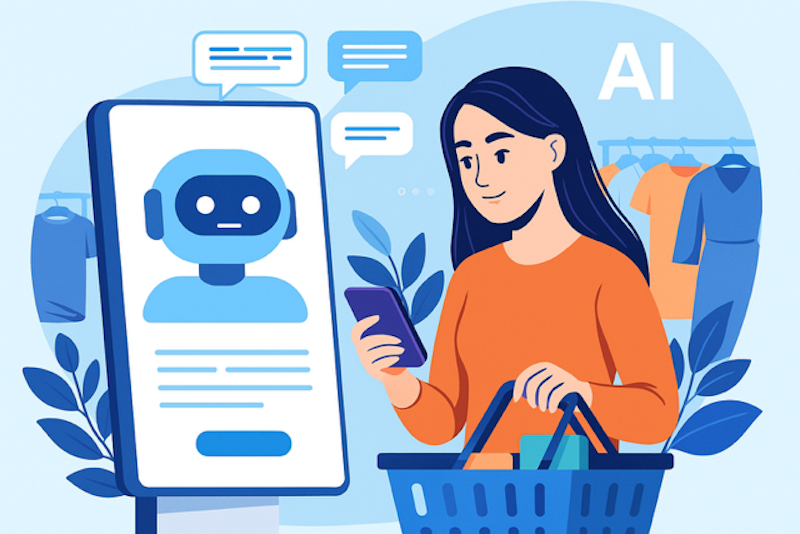The rise of ‘retailtainment’ and why it is crucial retailers get the basics right first
By Andy Burton, CEO, Tryzens
Retailers cannot afford to ignore the mobile commerce revolution. It initially begun as a convenient way to shop on-demand and has diverged into an entertainment experience for shoppers, otherwise known as ‘retailtainment’, a recent study from PayPal Australia identifies.
This social shift is impacting the way retailers engage with m-commerce, whilst altering what is expected for the mobile shopping experience. Ultimately, retailtainment is a rising trend that retailers simply cannot disregard.
Online shopping is rapidly becoming a cherished pastime for Millennials and Centennials, meaning this shift towards entertainment brings opportunities along with challenges for the retail sector. In response to this, retailers are investing their money and time to incorporate the ‘fun factor’ in order to make online shopping an engaging experience for customers, with ambition of luring existing and new customers.
Consequently, increasing numbers of retailers are experimenting with next-generation technologies such as Augmented Reality (AR), voice assistants and apps. Whilst these new forms of technologies are a significant aspect of customer engagement, it is essential retailers have the basics right first, this entails optimising their websites for mobile first, accompanied by complementary app-based solutions.
The study conducted by PayPal outlines that almost half of Australian retailers are yet to optimise their websites whilst two-thirds of smartphone users browse retail mobile sites for fun without a purchase intent.
E-commerce is surrounded by a rich seam of innovation, however if retailers had an engaging mobile-first optimised experience, performance would be driven far higher. As a result, this opens a room for retailers to fully embrace m-commerce as there has never been a better time to leverage the power on m-commerce in its broadest form.
Retailers must start taking advantage of the 46% of shoppers that are ‘window shopping’ on their mobiles, by reassessing their mobile offerings, ensuring they don’t lose sight of the basics like having great products and demonstrating good value. Additionally, retailers need to reinterpret customer experience and interaction including offering alternative functionalities such as one-click ordering and mobile friendly payment options, to enhance the customer’s journey.
A recent report from MuleSoft identified that only half of consumers believe that retailers provide a customised experience (i.e. knowing their preferences across every channel and targeting them with relevant customised offers/promotions). The retailers that get personalisation right will see a significant increase in consumer engagement, ordinarily followed by a larger share of customers’ wallets.
The MuleSoft research further underlines the argument for investing in technologies that enable retailtainment experiences, as it identified that 32% of consumers said they spend more money with a retailer that provides a personalised experience than with retailers that didn’t.
In the modern and digitalised world, it is essential that retailers’ sites are easy to navigate, engaging and intuitive. The majority of retailers have existing m-commerce platforms, however the ‘forward thinking’ retailers are those that go the extra mile in terms of enhancing their existing mobile investments. This is being done by the use of active design and app based experiences to drive improved cross device experiences, resulting in improved mobile engagement and therefore conversion.
In summary, consumers now have an exceptional level of accessibility in terms of mobile shopping, giving them the ability to make purchases from any place, at any given time. Consequently, retailers’ must put priority on improving the customer journey by offering online shopping functionalities that create a highly personalised, highly intuitive shopping experience for customers. Retailers can covert ‘retailtainment’ into sales by fully integrating promotions, look-books, merchandising, sales and delivery into their e-commerce platforms.










Continue reading…